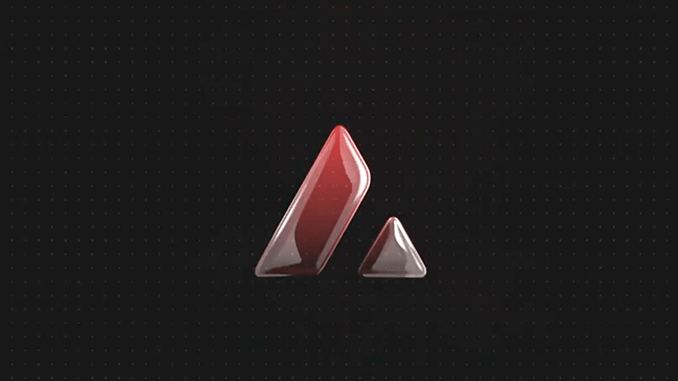
Fees on Avalanche (AVAX) Drop by 75 Percent Following December Upgrade
Avalanche (AVAX), with the upgrade in December, has halved the gas fees for transactions and smart contracts on its network. This targets a significant improvement in user-friendliness.
Background on Avalanche (AVAX) Fees
When dealing with Avalanche (AVAX), all transactions and also the execution of smart contracts incur fees. This is a typical mechanism for blockchains to prevent spam and ensure stable operation. These fees are commonly referred to as gas fees. Comparable to Ethereum (ETH), the fees are dynamically calculated on Avalanche based on network load and the complexity of the transaction.
Details on the December Upgrade
Now an upgrade to Avalanche has been successfully implemented, whose main feature is to reduce these gas fees. The improvement focuses on scaling and has achieved a reduction in fees of approximately 75 percent. This means that users of the Avalanche network – whether DeFi services, NFT minting, or other decentralized applications – can henceforth settle their activities significantly cheaper in terms of transaction costs.
Details on How Fees Are Reduced
The key here is the introduction of a burn mechanism for native tokens that are used for transaction fees. The reduction was technically achieved through a better algorithm that determines the dynamic fee structure.
Comparison to Other Blockchain Networks
Avalanche’s lowered fees after this upgrade now position it as significantly more competitive compared to other networks like Ethereum (ETH) or Binance Smart Chain (BSC), where fee structures are often a hurdle for mass usage.
User Feedback and Ecosystem Impact
In the community channels of Avalanche, the fee reduction has been highly praised and seen as an incentive that can increase the attractiveness of AVAX and the entire ecosystem surrounding Avalanche. The upcoming months will show whether this assumption will be reflected in increasing transaction volumes and user numbers on Avalanche.
Leave a Reply